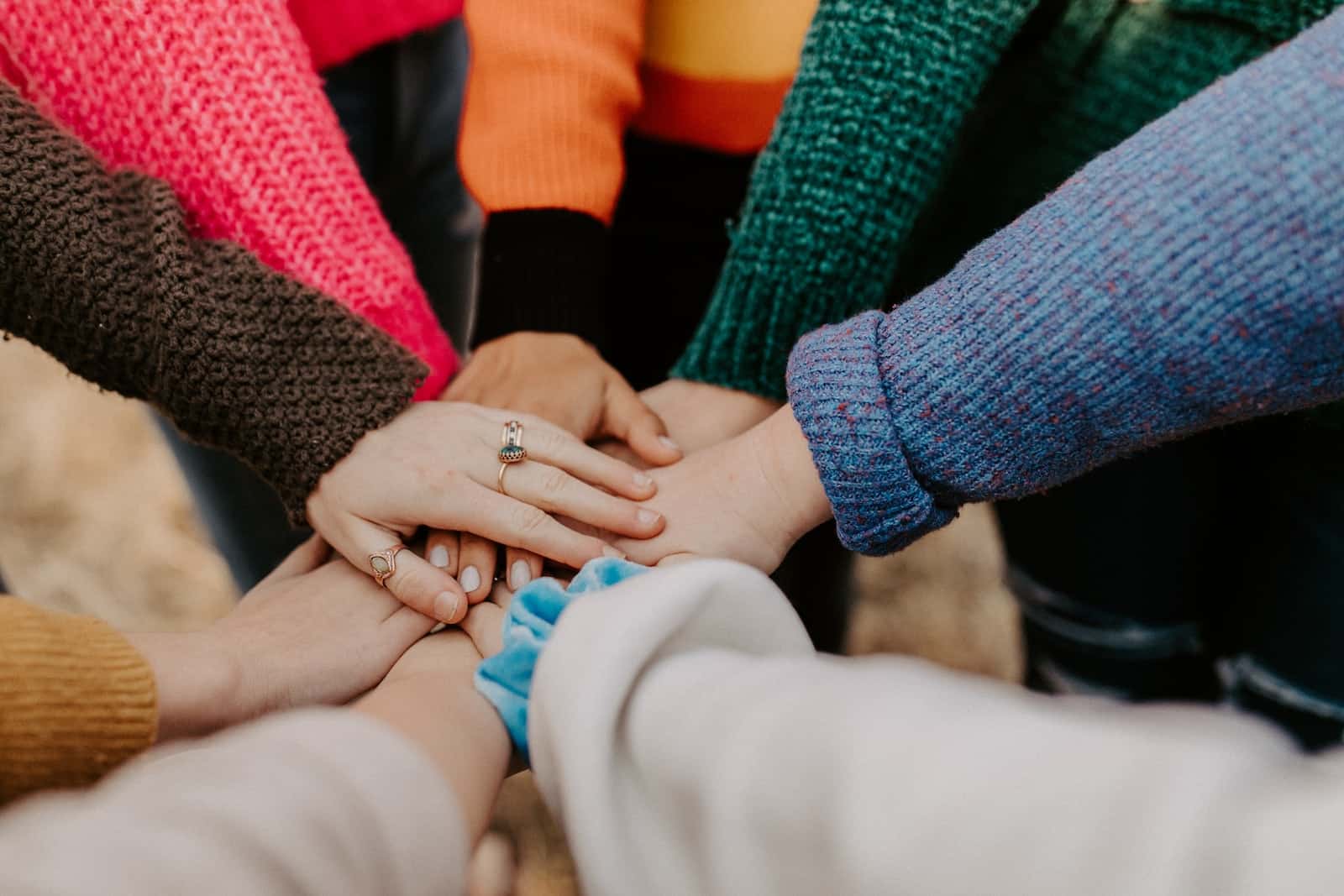In recent months, Russians have bought tons of gold from banks in the country, reports the Russian publication Kommersant, quoted by investoe.bg. The publication cites data from banking institutions, according to which, over the past five months, only Sberbank has sold 10.9 tons of gold to citizens.
In mid-April, VTB announced that it had sold 2 tons of gold, but has not given any more information since then. “Promsvyazbank” (PSB) has sold 1 ton of gold bars in four months. Other major Russian banks also reported an increase in demand for the precious metal, but without giving details about the quantities.
Investor interest in gold always increases during periods of volatility. In Russia, it is also supported by the abolition of value added tax (VAT) on gold transactions. Previously, during the resale, it was impossible to recover the tax, “Kommersant” specifies. In June, the profit tax (13%) on gold transactions was also abolished.
Thus, banks report an increase in the demand for gold in all sizes of bars, but the most preferred is 1 kilogram. Now the demand for the larger “cuts” is calming down and the smaller weights are attracting interest – in “Rosselkhozbank” they report that 17% of all bars sold are of 5 grams.
Even with the elimination of taxes, buying gold is a long-term investment, analysts point out. According to them, even the smallest scratch on the bars can bring down their price. The only reason to buy investment gold is to protect against ruble devaluation, the experts add.
The Chief Economist of “PF Capital” Yevgeny Nadorshin, however, recommends that Russians should invest in virtual currency if they are concerned about the devaluation of the national currency. It can be traded abroad, etc. , while this is not possible with gold bars.
Anton Chernyshev from SberCIB recalls that geopolitical tension does not always lead to a significant increase in the price of gold. For example, on August 2, due to the visit of the Speaker of the US House of Representatives Nancy Pelosi to Taiwan, the price of gold jumped to $1,805 per troy ounce. But the very next day, the quotations were corrected to 1780 dollars, and in the following days to lower levels, the analyst also points out.















